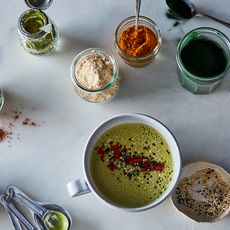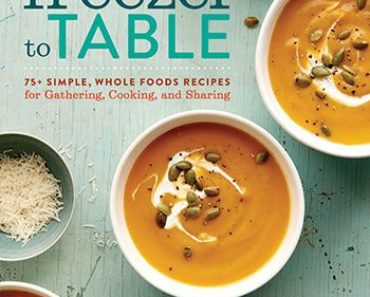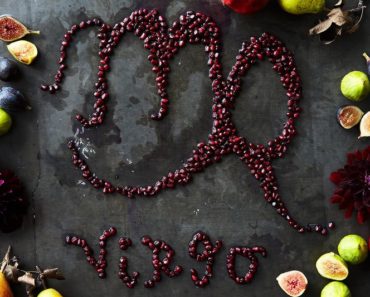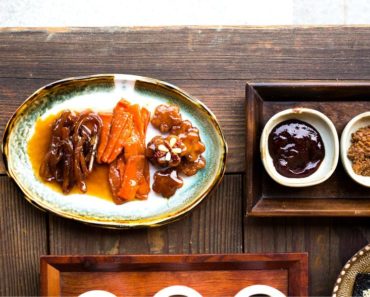Looking for an alternative to the steamed-milk-and-espresso kind of latte? We partnered with Califia Farms to share the pantry essentials if you’re serious—or want to be!—about making flavorful and wholesome lattes, minus the coffee.
Looking for a different kind of boost than one that comes in the form of steamed milk and espresso? Maybe you’ve seen warm, elixir-like alternatives to coffee and tea in juice bars or cafés lately—ones that include ingredients like matcha, spirulina, and the like—and they’ve looked interesting, but perhaps you haven’t tried them (you’re not sure what to expect!) The thing to know is that the similarities between a regular latte and one of these kinds of lattes ends at the froth and color.
Depending on the ingredients used, these lattes pack a flavorful and wholesome punch (think antioxidants, nutrients, minerals, all that good stuff). Sometimes they’re called “superfood” lattes—they show up in all of the vibrant “unicorn” shades that you might know and love from Instagram. These nourishing drinks are having a moment because, like a traditional latte, they’re delicious and comforting in their own way. Whether you’re not a coffee drinker or you’re just looking for another option when you’ve had too many cups already, I’ve gathered what I think are the tools and ingredients to stock in a starter kit for these drinks to keep at home—so follow along!
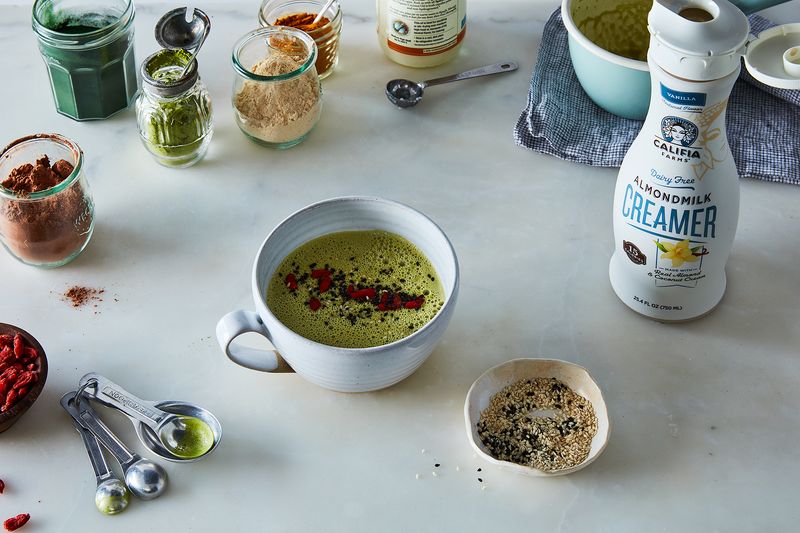
Photo by James Ransom
Pantry Items To Have On Hand
Almond milk, or another non-dairy milk that you love
This’ll be the base of your latte, so use a milk that you would enjoy straight. It’s best to go with an unsweetened variety so that you can customize to your own taste. I like to heat my almond milk to about 140°F, or a light simmer on the stove. “Unsweetened vanilla” options are also great here.
Sweetener and other flavor additions
Maple syrup, softened dates, agave nectar, stevia, and even regular old cane sugar are all appropriate. Add an amount that works for your personal taste. Ground warm spices like cinnamon, clove, cardamom, ginger, and cayenne are great in these lattes as well. And don’t forget a couple drops of vanilla for rounding out all the edges!
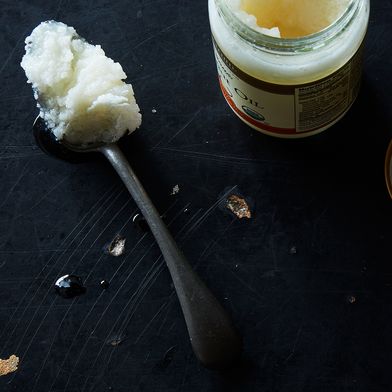
by Sarah Jampel

by A Brown Table
Coconut oil, or some other concentrated fat source of choice
About a teaspoon of coconut oil, coconut butter, ghee, nut/seed butter, or other fat is what gives your elixir that frothy and creamy texture that recalls a traditional latte. This is emulsification at work—the combining of two liquids that are normally not mixable. When fat (the oil/nut butter) is evenly dispersed in water, or water-like substance (the almond milk), a thicker texture results. Cold-pressed coconut oil is my go-to fat for these lattes because I always have it on hand, and its light coconut flavor matches well with almost any combination.
Just One Piece Of Equipment
An upright blender that can handle hot liquids
Using a blender allows you to mix the components at high speed, resulting in a foamy and rich cap that brings your drink into latte-like territory. It’s important to bring the speed of the blender up gradually when you mix—the blender base can get quite warm!
And, Now For The Key Ingredients
Most of these ingredients come in powdered form and I recommend using about 1 to 2 teaspoons per 12 ounces of milk. These can be found online, in health food stores, and in certain aisles of large supermarkets (the supplement, tea/coffee, and spice/baking aisles are all good bets). Here are some examples that you can turn to for delicious and nourishing lattes:
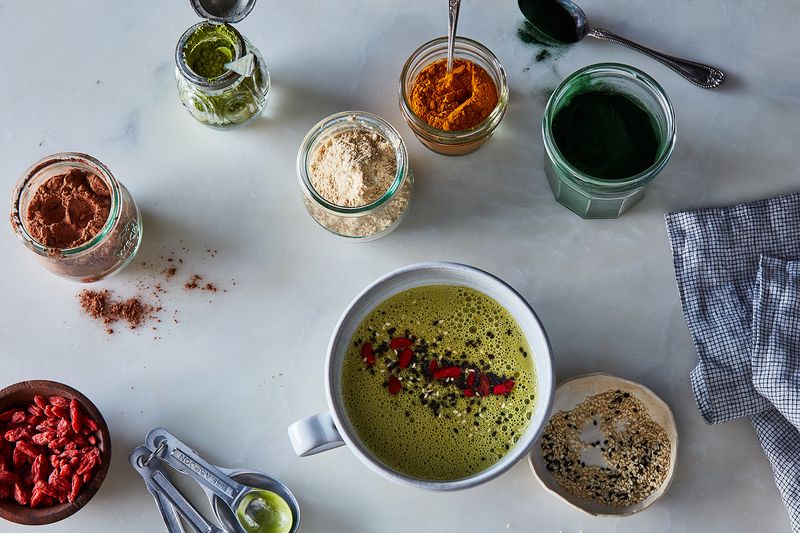
by Laura Wright | The First Mess
Cacao
This powder comes from—you guessed it—cacao beans. The natural source of all chocolate products, cacao is grown in humid tropical climates like those found in West Africa, Central and South America, and Mexico. Cacao powder is processed at a slightly lower temperature than the more common unsweetened cocoa that is used in baking. Beans are broken down into nibs, and from there, the nibs are pressed into a paste and dried, concentrating the minerals, antioxidants, and flavor.
The powder will bring a predictably chocolaty flavor to your lattes, but it also has a deep, red wine-like bitterness, and is best enjoyed with a touch of sweetener in the mix. Cacao powder is interchangeable with cocoa powder, so it can be used in any recipe that calls for unsweetened cocoa. For my lattes, I usually use 1 teaspoon of cacao powder, and love to combine it with warm spices and maca powder.
Maca
This powder is derived from the root of the maca plant, which is grown in the Peruvian Andes at heights of over 10,000 feet. This root—it resembles a large turnip—thrives in incredibly harsh conditions. It’s been said that in regular doses, maca powder can help the body adapt to stress, which is why it is frequently referred to as an “adpatogen.”
Maca powder has a strong, malty flavor with notes of butterscotch, sweet potato, and vanilla. When adding maca to your latte, I would start with half a teaspoon if you’ve never had it before. This ingredient plays really well in energy ball-type mixtures, as well as banana-based smoothies, and you can even mix a couple tablespoons into batches of granola, blondie mixtures, or pancake batters.
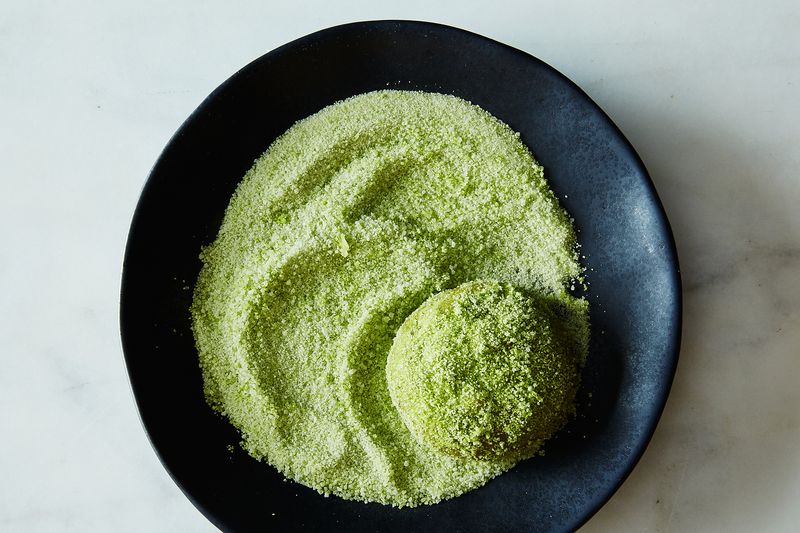
by Sarah E Daniels
Matcha
This caffeinated superfood is derived from Japanese shade-grown green tea (camellia sinensis). Matcha leaves are plucked, steamed, de-stemmed, de-veined, dried, aged, and then stone-ground into a delicate green powder. In the last 3 weeks of growth, shade cloths are rolled out over the plants, which increases the chlorophyll content (so green!) and the presence of the amino acid L-Theanine in the processed leaves. The bump-up of this relaxing amino acid could explain why many say they experience a calm energy when they enjoy this ground tea.
The powder is most often whisked with hot water, but it is also used to make matcha lattes, green tea ice cream, and a variety of baked treats. The subtle flavors of matcha depend on the harvest, but overall you can expect a mellow taste, light vegetal sweetness, and bitter notes that evoke strong tea. It comes in ceremonial, premium, and culinary grades. Ceremonial grades are noted for their umami flavor notes. For the purposes of the lattes we’re discussing here, the slightly less expensive “premium” grade is a good choice (culinary grade can be quite bitter). For matcha lattes, one teaspoon of the powder tastes great with almond milk, extra vanilla, and a combination of tahini and coconut oil for your fat component.
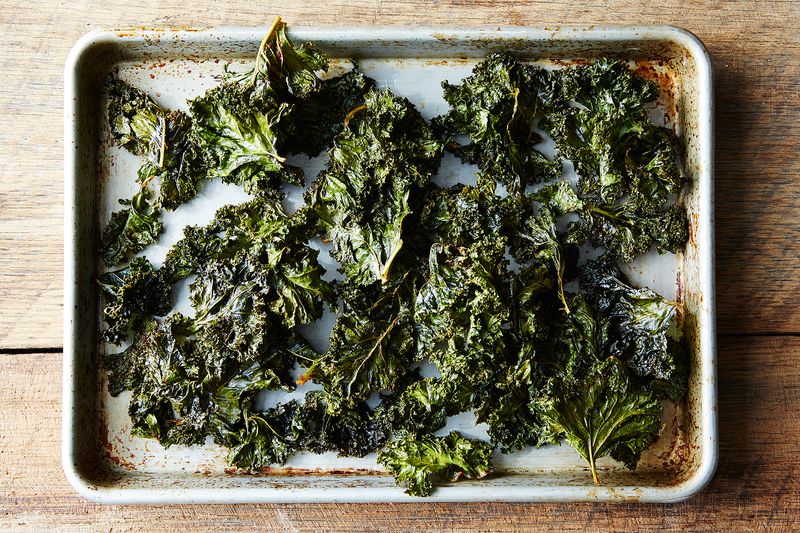
by Mayukh Sen
Spirulina
Have you seen the “mermaid toast” phenomenon on Instagram? This protein and mineral-rich powder is the supernatural force behind that movement. Spirulina powder comes from freshwater algae that thrives in temperate areas with plenty of sunlight.
When added to lattes or smoothies, the level of chlorophyll makes for almost otherworldly tones of aqua. Since it is an algae derivative, the flavor of spirulina mixed with plain water is definitely oceanic/pond scum-like. It tastes like the most intense seaweed ever, so **this one is best used in small doses and mixed with ingredients like coconut oil, cacao, and matcha. Using just a 1/4 teaspoon of spirulina in a matcha-based latte makes it ultra green and gorgeous. With its strong flavor in mind, spirulina is best utilized as an addition that flies under the radar in a smoothie, or even in the tiniest of quantities to naturally color some homemade mint chip ice cream.
by Caroline Lange
Turmeric
Turmeric (curcuma longa) is a perennial flowering plant with edible underground growth in the form of rhizomes—very similar to ginger roots in appearance. Golden-hued and lightly-spiced milky beverages made with this slightly bitter ingredient have had their moment on the internet recently. (Maybe you’ve noticed?) You may also be familiar with the spice within the context of curry powder mixtures. The plant is native to regions in southern Asia where humidity and heavy rainfall help it thrive. Roots are harvested and sold fresh or dried and ground into powder.
Turmeric is often discussed as an anti-inflammatory agent. If you’re aiming for this effect, the turmeric is best absorbed with some kind of fat and a tiny pinch of ground black pepper in the mix. This spicy combination is delicious in a superfood latte if you’re using coconut oil and a supporting cast of spices (cloves, cardamom, cinnamon). Other great uses for turmeric: tossing with roasted root vegetable mixtures, a pinch in a spicy tahini-based dressing, or as a natural food dye for golden icings and glazes.
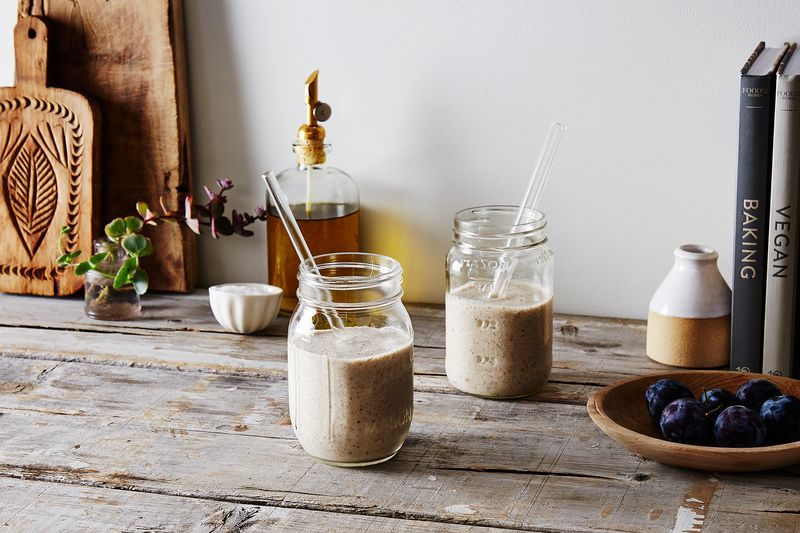
by Gena Hamshaw
Sesame
Unless you have a high speed blender, I recommend using sesame seeds in the form of tahini exclusively for your lattes. The seed butter has a light nutty taste and an edge of bitterness that plays well with sweet and spicy flavors. Since it is a concentrated fat source, it will contribute a luscious texture to the drink. And you don’t have to limit yourself to tahini! Roasted almond, cashew, hazelnut, and all kinds of other nut/seed butters are great additions, too.
Goji Berries
The majority of these small dried berries are grown in regions of western China, but they are also cultivated in North America due to modern demand. They are frequently discussed in terms of antioxidant benefits and their rich amino acid/mineral profile.
I think of goji berries as a cross between a dried cranberry and a cherry with a hint of rosemary or pine in the mix. They do need a good soak in hot water before blending into a beverage—about 5 to 10 minutes will do the trick. I use just enough water to cover, and then throw the soaking water into the blender as well. I love blending these into a cacao-based latte. Like most dried fruit, goji berries are also an excellent addition to granola, energy bars, trail mixes, oatmeal cookies, porridge of all kinds, or even as a topper for leafy salads with slightly sweet vinaigrettes.
Matcha, Maca & Tahini Latte
By Laura Wright | The First Mess
-
12
ounces Califia Farms Unsweetened Almondmilk or Almondmilk Creamer -
1
teaspoon matcha powder -
1
teaspoon maca powder -
1/2
teaspoon tahini -
1 1/2
teaspoons coconut oil -
maple syrup, to taste
Do you make these lattes? If so—what’s in ’em?! Tell us in the comments below.
We partnered with Califia Farms to share The First Mess‘s favorite ingredients for wholesome lattes, minus the coffee. Inspired by what plants can do, Califia Farms crafts flavorful plant milks from nature’s bounty, like almonds, coconut, and more—see all their products here.
(via Food52)

